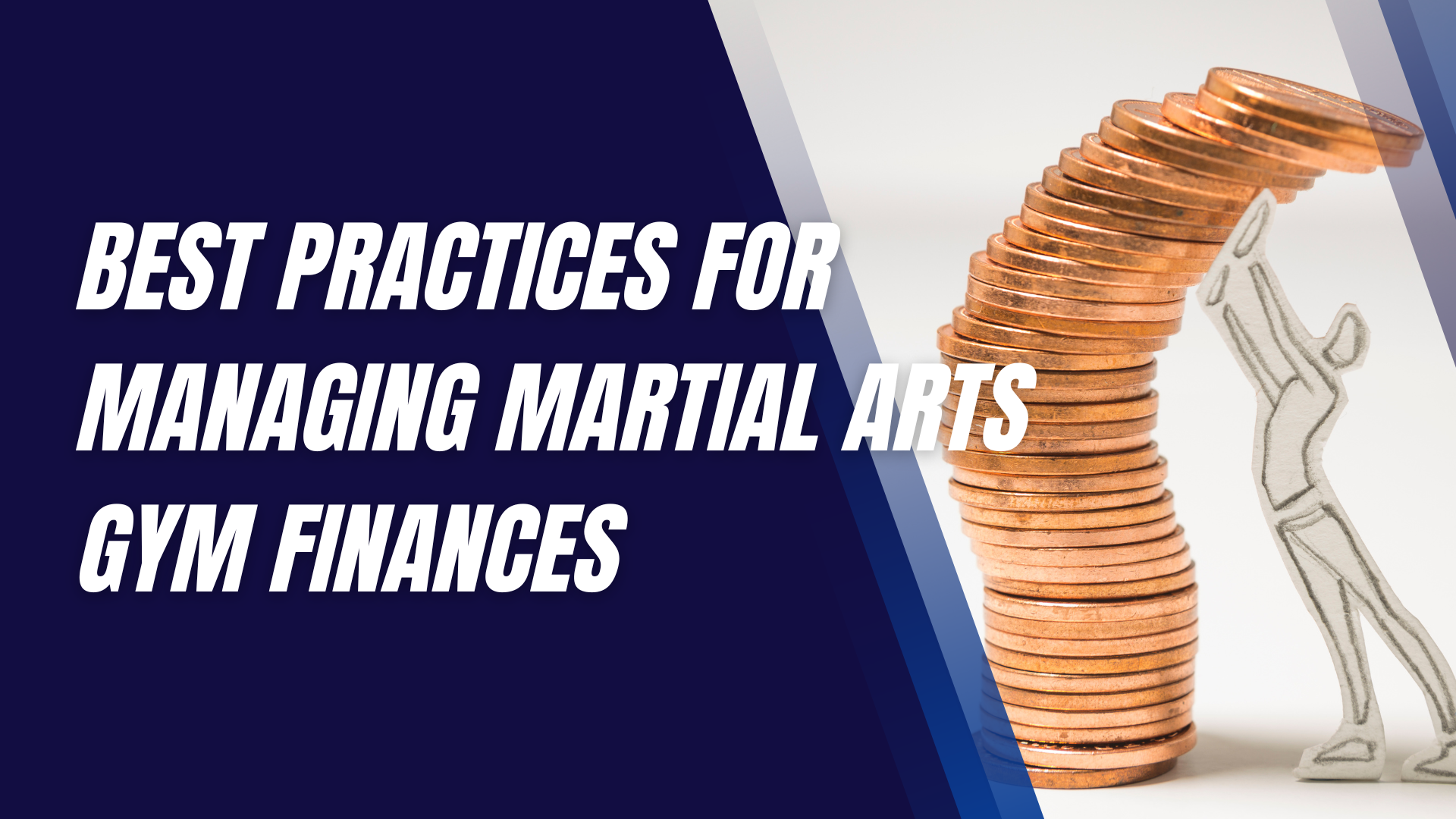How to Create a Martial Arts First Aid Kit
When practicing martial arts, injuries are almost inevitable.
Whether you're training solo, sparring with a partner, or participating in a full-contact
competition, accidents happen. That's why having a well-equipped first aid kit specifically designed for martial arts is not just a good idea—it's essential. This article will guide you through creating a martial arts first aid kit tailored to the unique needs of this demanding sport.
Understanding the Specific Needs of Martial Arts First Aid
Martial arts involve intense physical activity, and with that comes a higher risk of certain types of injuries. Unlike other sports, martial arts can result in a variety of injuries, from minor cuts and bruises to more severe issues like fractures and dislocations.
- Cuts and Abrasions: Whether from a rough mat or a sparring partner’s fingernails, skin injuries are common.
- Bruises and Contusions: Strikes and falls can lead to painful bruising.
- Sprains and Strains: Twisting motions and overexertion often result in sprains or muscle strains.
- Fractures and Dislocations: More severe, but possible, especially in full-contact martial arts.
Having a first aid kit that addresses these specific injuries is crucial for quick response and effective treatment, potentially preventing more serious complications.
Choosing the Right Container for Your First Aid Kit
Your first aid kit needs to be as tough as you are. Durability and portability are key. Consider a sturdy, waterproof container that can withstand the wear and tear of a martial arts environment.
Look for something that’s easy to carry but large enough to hold all your essentials. Some practitioners prefer a soft bag with compartments, while others might opt for a hard case for extra protection. Whatever you choose, make sure the contents are organized so you can find what you need quickly in an emergency.
Basic First Aid Supplies
At the core of any first aid kit are basic supplies that handle the most common injuries. These should include:
- Adhesive Bandages: Keep a variety of sizes on hand for small cuts and blisters.
- Sterile Gauze Pads: Essential for covering larger wounds to prevent infection.
- Medical Tape: Useful for securing bandages and splints.
- Antiseptic Wipes and Solutions: For cleaning wounds and preventing infection.
These items are the foundation of your kit, ensuring you're prepared to handle minor injuries effectively.
Essential Tools for Martial Arts Injuries
In addition to basic supplies, certain tools are indispensable in a martial arts first aid kit:
- Scissors: To cut tape, gauze, and clothing if necessary.
- Tweezers: Handy for removing debris from wounds.
- Elastic Bandages: Ideal for wrapping sprains or securing ice packs.
- Splints and Slings: Important for stabilizing injured limbs before professional medical help arrives.
These tools help manage injuries on the spot, allowing for immediate care that can prevent further damage.
Specialized Supplies for Martial Arts
Given the specific nature of martial arts, you'll need some specialized supplies:
- Cold Packs: Essential for reducing swelling and numbing pain after an injury.
- Compression Wraps: Useful for managing sprains and reducing inflammation.
- Butterfly Bandages: Perfect for closing deeper cuts until they can be properly stitched.
- Nasal Plugs: A must-have for stopping nosebleeds, a common occurrence in contact sports.
These items ensure you're ready for the types of injuries that are more likely to happen during martial arts practice.
Medications and Ointments
Over-the-counter medications and ointments can greatly aid in managing pain and preventing infection:
- Pain Relievers: Keep both ibuprofen and acetaminophen on hand to manage pain and reduce inflammation.
- Antibiotic Ointment: Crucial for preventing infections in cuts and abrasions.
- Anti-inflammatory Creams: Useful for treating bruises and sprains.
- Burn Ointment: Important for treating burns, which can happen during training with certain equipment or in extreme conditions.
These medications should be checked regularly for expiration dates and replaced as needed.
Dealing with Severe Injuries
While your first aid kit is primarily for minor injuries, it should also be equipped to handle more severe situations:
- CPR Mask: In the rare event of a cardiac emergency, a CPR mask is vital.
- Instant Cold Packs: For immediate application to injuries, especially when ice is not available.
- Emergency Contact Information: A list of emergency contacts and any relevant medical information should be easily accessible.
- When to Seek Professional Help: Always have guidelines in place for when an injury requires professional medical attention, such as fractures, severe bleeding, or suspected concussions.
Preparedness for severe injuries can make all the difference in critical moments.
Personal Protection Equipment (PPE)
In today’s environment, PPE is a necessary addition to any first aid kit:
- Disposable Gloves: Essential for protecting both the injured person and the responder.
- Face Masks: Useful in situations where respiratory protection is needed.
- Hand Sanitizer: For maintaining hygiene, especially when clean water isn't available.
These items ensure that first aid is provided safely, without risking infection.
Considerations for Group Martial Arts Training
If you're responsible for a group, such as a class or team, your first aid kit needs to be larger and more comprehensive:
- Larger Quantities of Supplies: More bandages, gauze, and medications will be necessary.
- Additional Emergency Items: An automated external defibrillator (AED) can be a lifesaver in a cardiac emergency.
- Training Your Team in First Aid: Ensure that everyone knows how to use the kit and administer basic first aid.
Being prepared for group settings means ensuring everyone’s safety, not just your own.
Customizing Your First Aid Kit for Specific Martial Arts Styles
Different martial arts disciplines can lead to different types of injuries, so it's important to tailor your kit accordingly:
- Boxing: Focus on supplies for cuts, bruises, and hand injuries.
- Brazilian Jiu-Jitsu: Prioritize items for joint injuries and mat burns.
- Taekwondo: Prepare for bruises, cuts, and potential fractures from high-impact kicks.
Understanding the specific risks associated with your martial art will help you build a more effective kit.
Maintaining and Updating Your First Aid Kit
Your first aid kit isn’t a one-time setup; it needs regular maintenance:
- Regular Checks and Restocking: Ensure all supplies are in good condition and replace used or expired items.
- Expiration Dates: Medications and ointments can lose their effectiveness over time, so keep track of these dates.
- Updating Emergency Contacts: As phone numbers or medical conditions change, make sure your information is up to date.
Consistent maintenance ensures your kit is always ready when you need it.
Training and Education
Even the best first aid kit is useless without the knowledge to use it:
- Importance of First Aid Training: Every martial artist should know basic first aid.
- Basic First Aid Skills: Learn how to treat common injuries, administer CPR, and recognize signs of more serious conditions.
- Resources for Learning More: Consider taking courses, reading books, or utilizing online resources to improve your first aid skills.
Education empowers you to act confidently in emergencies, making your first aid kit truly effective.
Final Thoughts
A martial arts first aid kit is an essential piece of
gear for any practitioner. By understanding the specific needs of martial arts injuries, choosing the right supplies, and keeping your kit maintained and updated, you can ensure you're always prepared for whatever happens in
training or competition. Don't wait for an injury to remind you of the importance of preparation—get your first aid kit together today.
Interested in trying a martial arts class? Find an affiliated academy anywhere in the country by clicking here.
Have your own martial arts program? Get to know more about what we have to offer at Ground Standard Agency for helping martial arts businesses grow.
Email us at info@groundstandard.com, or call and text us at (732) 907-8920 today to learn how to start growing your own academy, school, dojo, or gym with us as well.
Share this article












